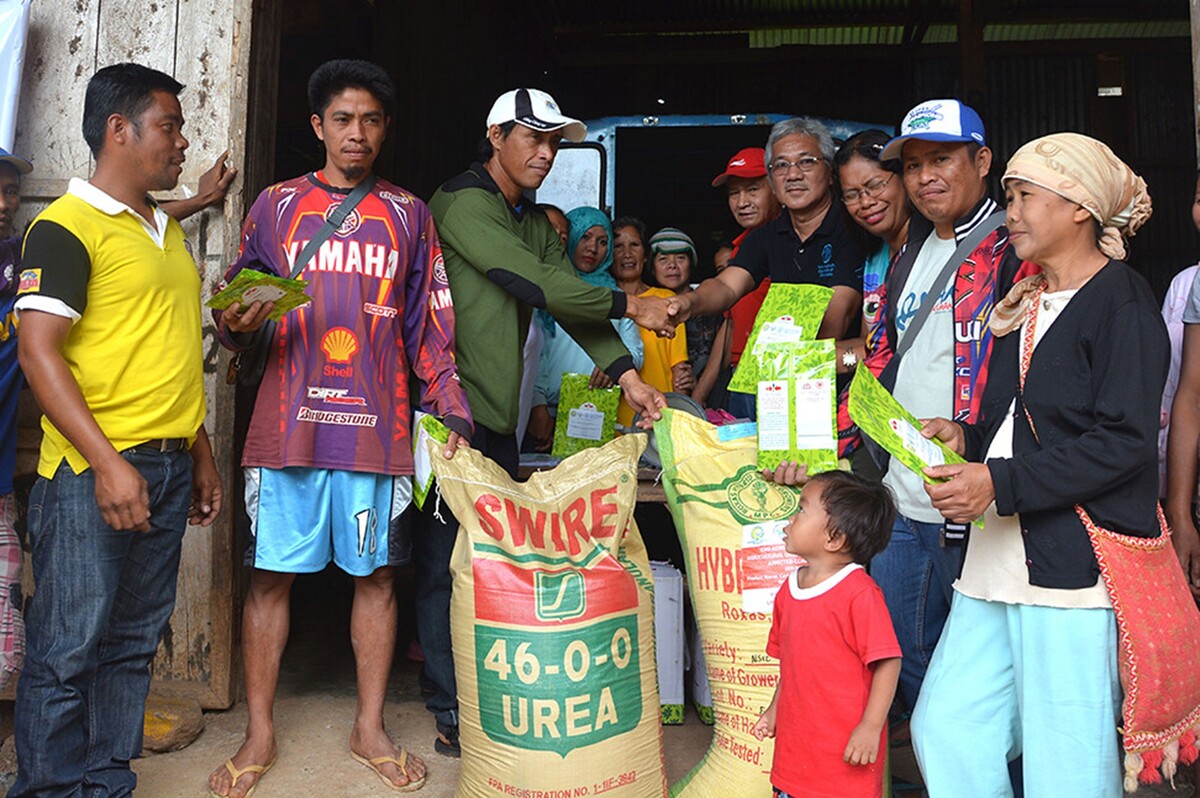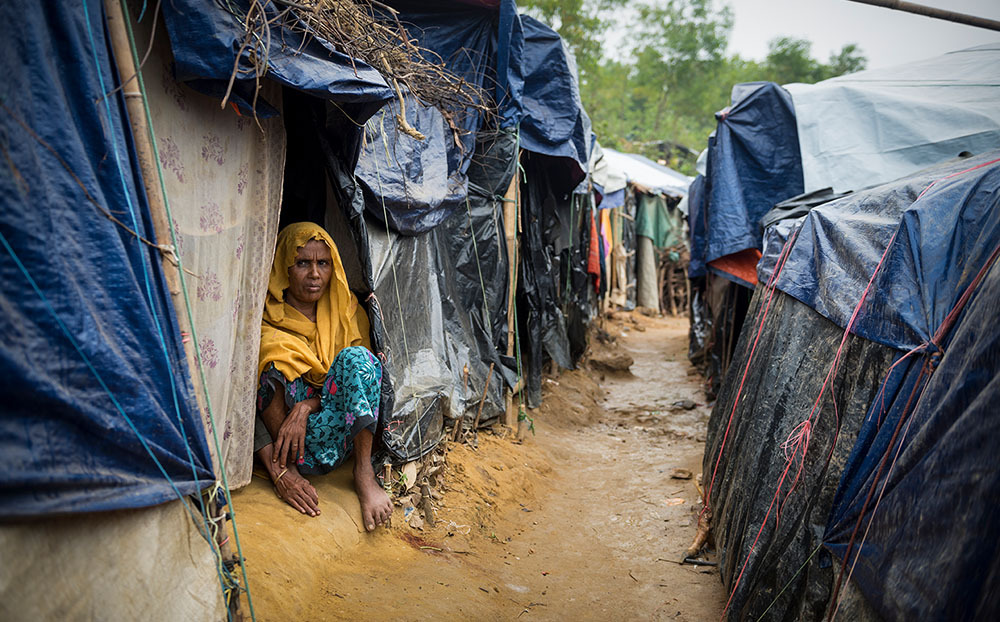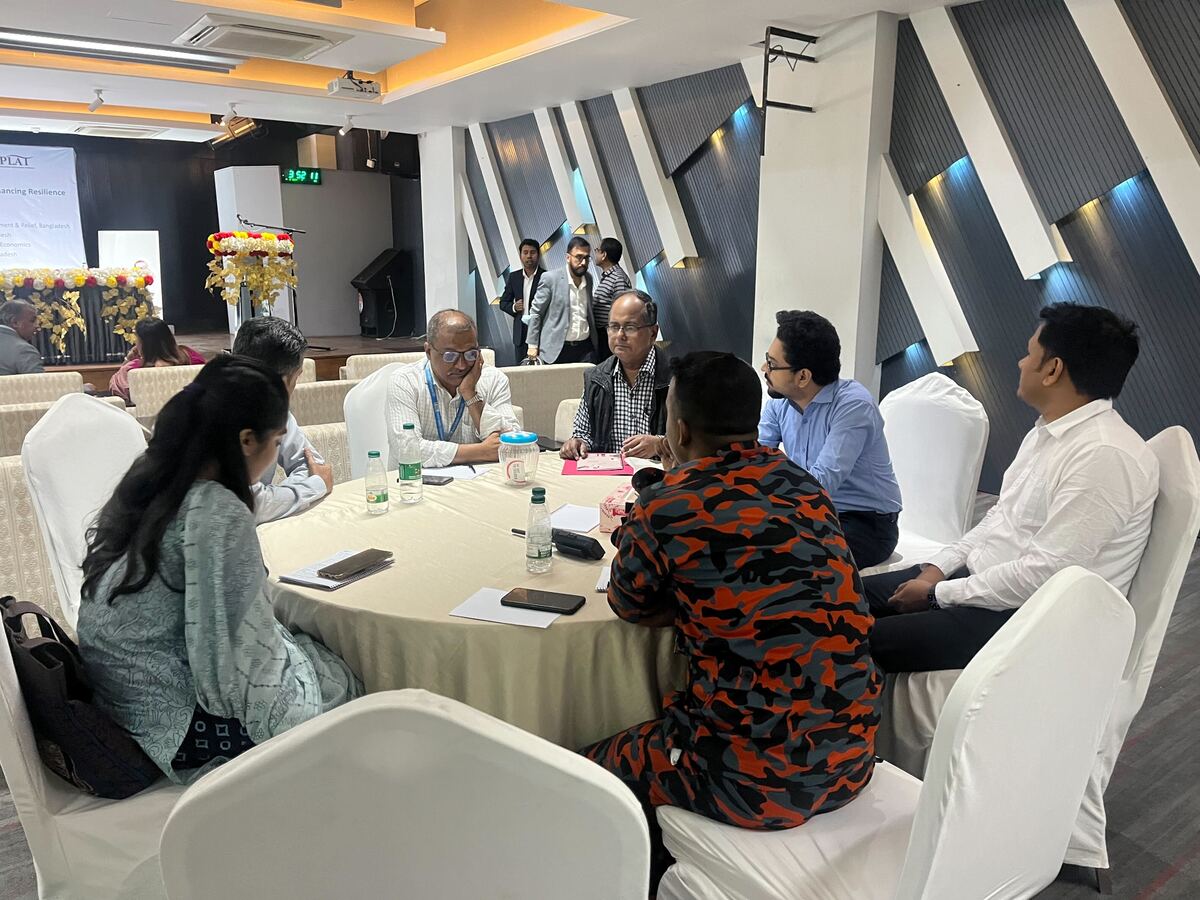
Group discussion during the second workshop in FY2023
Issue
During the COVID-19 epidemic, the challenge of managing not only one disaster, COVID-19, but also other simultaneous disasters, made coping with each one difficult. Compound and cascading disaster risk (CCDR) management calls attention to the importance of coping with multiple disasters occurring simultaneously, a point also mentioned in the Sendai Framework for Disaster Risk Reduction in its response to multi-hazards. Bangladesh, a country vulnerable to climate change, is ranked as the seventh most extreme disaster risk-prone country in the world according to the Global Climate Risk Index 2021. Bangladesh has suffered tremendous damage from cyclones, floods, droughts, landslides, and other disasters attributed to the effects of climate change. Preventing and preparing for CCDRs in these vulnerable countries is an essential effort to minimize damage from disasters.
Solution
Capacity development is important for better preparation and coping with CCDR, and AP-PLAT has been implementing programmes in Bangladesh and Nepal since FY2022 to strengthen the capacity of disaster-prone countries in the Asia-Pacific region. Specifically, those involved in disaster management examine the threats posed by CCDR in the context of the target country and determine the necessary countermeasures against those threats. These findings are then compiled into a guidebook aimed at capacity development. This article will introduce the AP-PLAT's capacity development programme activity particularly in Bangladesh.
Project Overview
In 2021, the year before AP-PLAT began its activities in the target countries, AP-PLAT developed E-learning materials to serve as guidelines for better understanding CCDR. The E-learning material included an explanation of what CCDR is, examples of CCDR, disaster risk assessment, designing resilience enhancing measures, and an adaptive implementation framework. Since the e-learning materials contain general information on CCDRs, the next step was to prepare a guidebook in local languages as an activity for FY2022. This decision was made because it is important to contextualize the information for each country and ensure that people involved in disaster management can effectively utilize it.
In Bangladesh, the activities involved collaborating with Brac University and the Department of Disaster Management, Bangladesh, to develop the guidebook in Bengali. Initially, through correspondence and meetings with disaster management experts, we identified key CCDR in Bangladesh. The CCDR identified for Bangladesh included actual disasters that caused significant damage, such as Cyclone Amphan, the Rana Plaza factory collapse incident, a chemical explosion in Sitakundu, and the compounded effects of COVID-19 and the 2020 floods. Field surveys were also conducted to compile the actual situations in which CCDR occurred and how to respond to them as case studies into a guidebook.
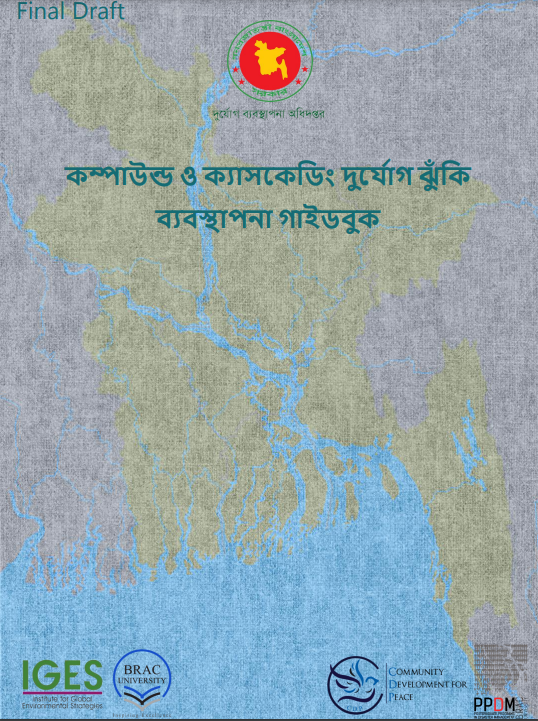
Guidebook for Compound and Cascading Disaster Risk Management (Bangladesh)
In FY2023, the second year of activities in Bangladesh, capacity development training was conducted using the guidebook. Specifically, the training was designed to provide local government officials and others involved in disaster management with a better understanding of CCDRs. This included an explanation of CCDRs, identification of CCDRs in Bangladesh, and identification of capacity development programs needed to address these CCDRs. It was acknowledged that CCDR is a new concept in Bangladesh and is crucial to address for fostering a resilient society against disasters. Simultaneously, the significance of integrating disaster management and adaptation was also acknowledged, given the strong connection between disaster management and climate change adaptation.

Participants gathered at the first workshop in FY20
In FY2023, the second year of activities in Bangladesh, capacity development training was conducted using the guidebook. Specifically, the training was designed to provide local government officials and others involved in disaster management with a better understanding of CCDRs. This included an explanation of CCDRs, identification of CCDRs in Bangladesh, and identification of capacity development programs needed to address these CCDRs. It was acknowledged that CCDR is a new concept in Bangladesh and is crucial to address for fostering a resilient society against disasters. Simultaneously, the significance of integrating disaster management and adaptation was also acknowledged, given the strong connection between disaster management and climate change adaptation.
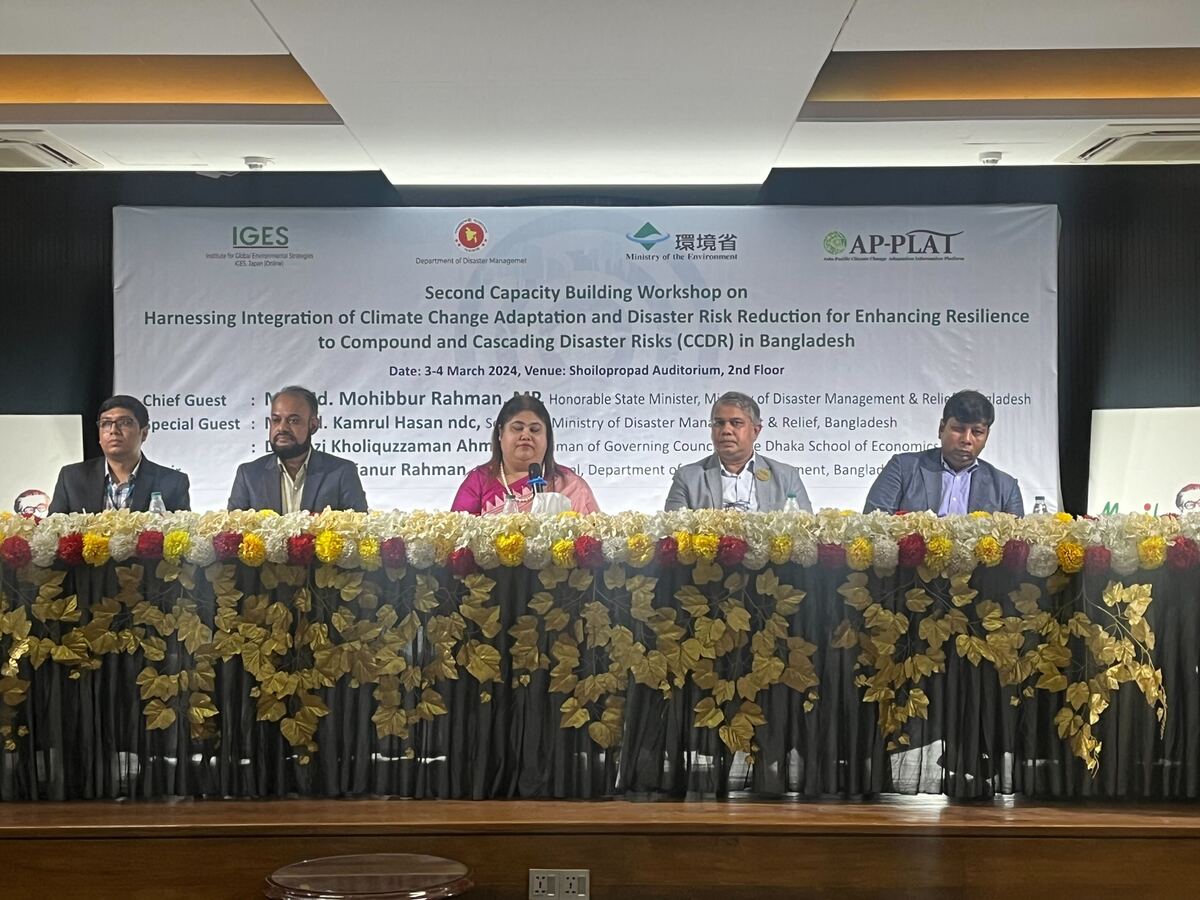
Panelists at the second workshop in FY2023
Contact
Institute for Global Environmental Strategies(IGES)

